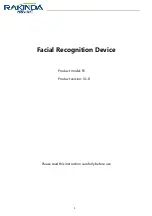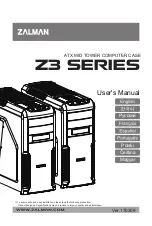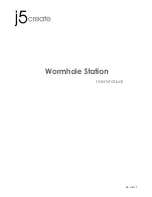
10
Testing
10.1
Test Air Compressor
1.
Turn the vehicle on and allow the compressor to fill the air tank. Initial fill may take up to 3 minutes. The
air compressor should shut off automatically once full pressure is achieved.
2.
If the compressor runs excessively, (i.e., 5 minutes or more) disconnect electrical power to the air
compressor and listen for air leaks.
3.
Inspect ALL air connections (i.e., air tank fittings, compression fittings, air horn fittings, etc.) for leaks by
using a soap and water solution sprayed directly onto the fittings. The system must be pressurized, or the
air compressor must be running.
4.
If an air leak is found:
5.
Safely release air pressure from system (i.e., slowly open drain valve).
6.
Disassemble leaky connection, re-seal and reinstall fittings/tubing as needed.
10.2
Test Train Horns
1.
Allow the air compressor to run and shut-off automatically (i.e., air tank is full)
2.
Ensure all nearby persons have adequate hearing protection and provide courtesy warning to neighbors or
others in vicinity.
WARNING
: NEVER operate train horns with ears close to trumpets or in an enclosed space without
for all persons closer than 50 feet from vehicle. Never operate train horns outdoors when persons are near
vehicle without adequate hearing protection.
3.
Briefly activate the horns by pressing the horn button.
4.
Horn sound/loudness will diminish as the pressure in the air tank decreases.
5.
Allow the air compressor to refill the tank, if needed.
END OF SECTION




































